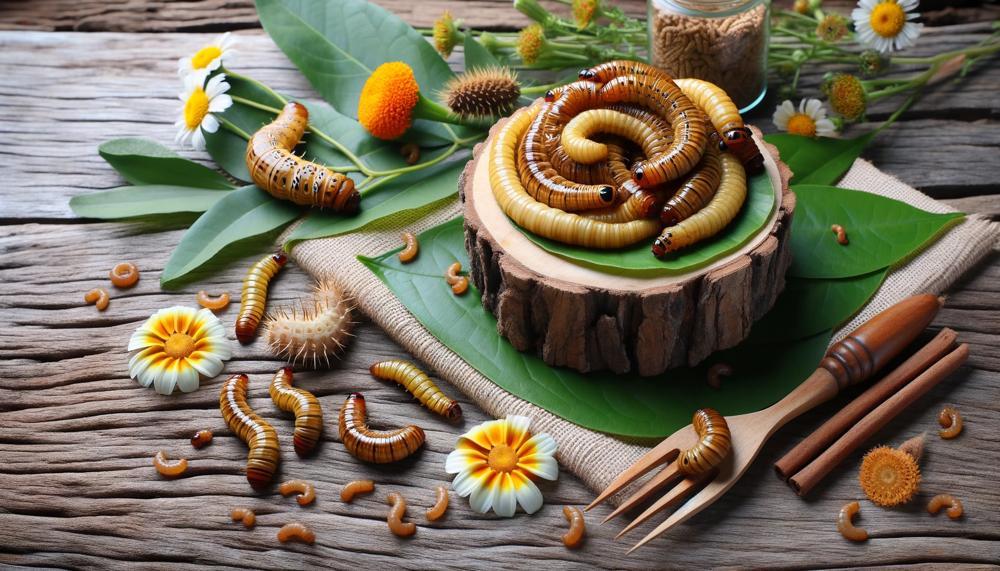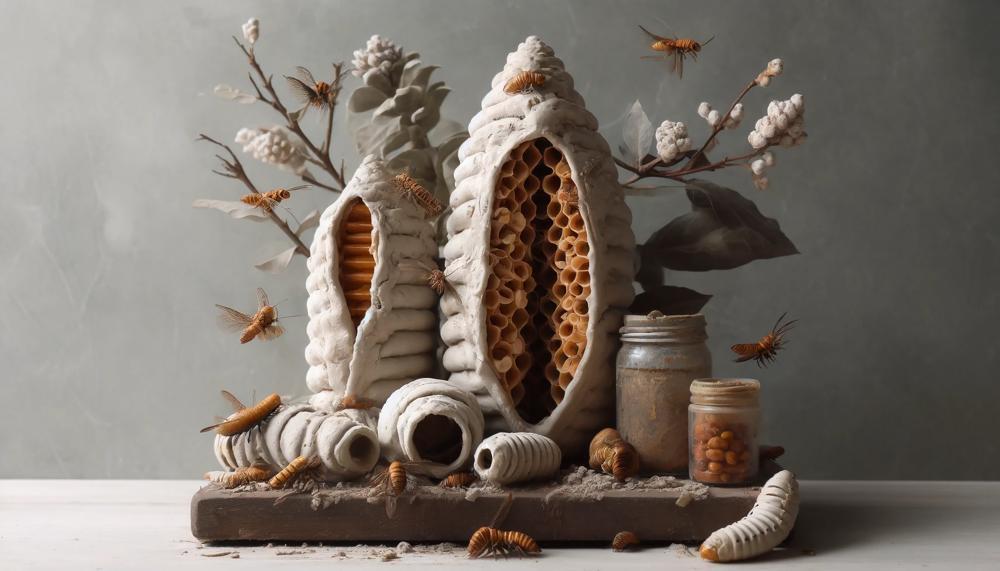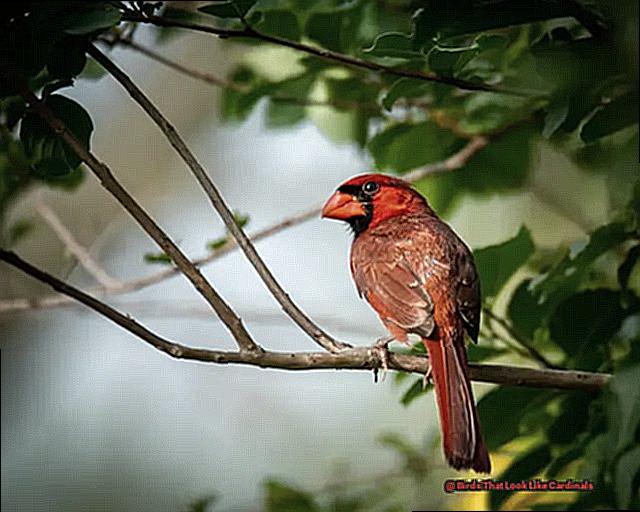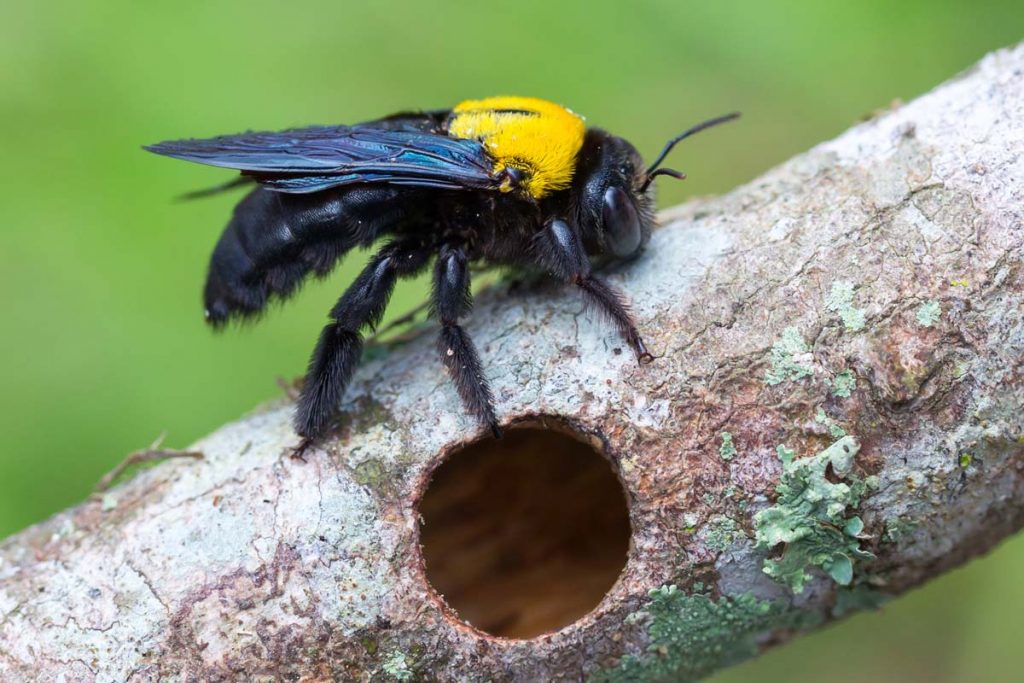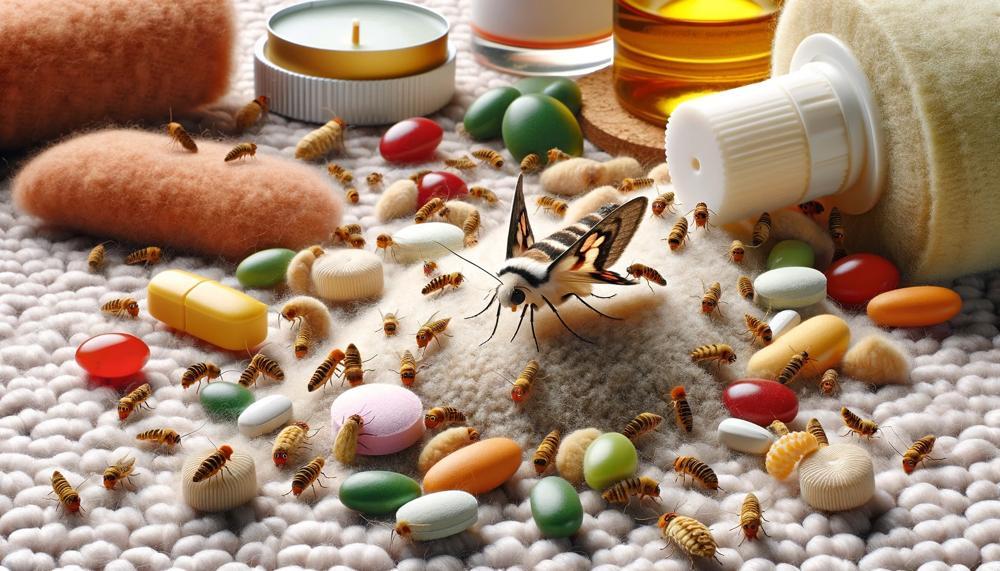A quiet enemy stalks across your garden in the dead of night, under the shadow of the canopy. This enemy is formidable, capable of eradicating weeks of your diligent work in a single evening. Cutworms are the nighttime enemy of crops and gardeners alike.
These ravenous larvae love young plants, circling and chopping off stems at the base to destroy your fragile seedlings over night. It’s still very much early in the fight against these garden marauders.
So, how do you get rid of cutworms naturally?
Here are some natural ways to get rid of cutworms:
- Cornmeal: Sprinkle cornmeal around the base and leaves of plants. Cutworms can’t digest it, so they’ll die.
- Diatomaceous earth: This harsh powder kills cutworms as they crawl across it.
- Bacillus thuringiensis: This bacterium is known to kill cutworms, and it’s widely available in garden supply stores. Apply it to the soil in the affected area.
- Tilling the soil: In the fall or spring, till the soil to expose cutworms to cold weather or predators.
- Neem oil: Spray neem oil to kill small insect pests, like caterpillars and mites, by suffocation. It’s safe and will not harm humans or pets.
- Spinosad: This organic pesticide can eradicate worms. Use it on your cabbage plants as per the instructions on the package. It’s safe to use on seedlings as well as established plants right up until you harvest.
Table of Contents
Preventative measures for getting rid of cutworms in plants
To fend off and dispatch cutworms utilizing nature’s own arsenal, gardeners can deploy a variety of strategies. These methods not only keep these voracious larvae at bay but also bolster the garden’s overall health without resorting to harsh chemicals.
| Method | Description | Application |
| Hand Picking | Physically removing cutworms from plants during nocturnal inspections. | Use a flashlight to locate and pick off cutworms at night, then drop them into soapy water. |
| Beneficial Nematodes | Tiny parasitic worms that infect and kill cutworms naturally. | Apply to soil as per product instructions, typically in moist conditions. |
| Diatomaceous Earth (DE) | A natural powder that dehydrates and kills cutworms on contact. | Spread around the base of plants, reapplying after rain. |
| Coffee Grounds and Eggshells | Natural barriers that deter cutworms due to their abrasive textures. | Encircle the base of plants with a ring of coffee grounds or crushed eggshells. |
| Cardboard Collars | Protective barriers placed around seedlings to block cutworm access. | Wrap a strip of cardboard around the stem of each plant, burying an end into the soil. |
| Tilling Soil | Disrupts cutworm life cycle by exposing larvae and pupae to predators. | Till garden soil both before planting and after harvesting to unearth pests. |
| Natural Predators | Birds, beetles, and frogs that feed on cutworms. | Create a welcoming habitat for these predators with birdhouses, ponds, and undisturbed areas. |
| Bacillus Thuringiensis (Bt) | A naturally occurring bacterium toxic to cutworms but safe for other wildlife. | Apply as directed on the product label, usually as a spray on vulnerable plants. |
| Essential Oils Spray | Sprays made from oils like rosemary or peppermint deter cutworms. | Mix water with a few drops of essential oil and spray on affected plants. |

How to Identify a Cutworm Infestation and Rid it from plants using natural methods
Identifying a Cutworm Infestation:
| Sign | Description |
| Chewed Foliage | Leaves appear jagged and partially eaten. |
| Droppings on Leaves | Small, dark pellets found on or near damaged plants. |
| Mowed Down Plants | Young plants are cut at the base and fallen over. |
| Bald Patches | Bare spots in gardens where plants have been completely eaten. |
Ridding Cutworms Naturally:
| Method | How It Works | Application Tips |
| Plant Collars | Protects young plants by creating a barrier around the stem. | Use cardboard, plastic, or metal to make collars. Insert them a few inches into the soil around the plant base. |
| Diatomaceous Earth (DE) | Sharp edges of DE particles cut through cutworms, causing dehydration. | Spread DE around plant bases and garden perimeter. Reapply after rain. |
| Beneficial Nematodes | Natural predators that infect and kill cutworms. | Apply to moist soil during cooler parts of the day like evening or early morning. |
| Coffee Grounds and Crushed Eggshells | Create a gritty, unpleasant barrier for cutworms. | Scatter around the base of plants. Refresh periodically to maintain effectiveness. |
| Handpicking and Soapy Water | Direct removal of cutworms from plants. | Check plants at night with a flashlight, pick off cutworms, and drop into soapy water. |
| Natural Predators | Birds, toads, and ground beetles prey on cutworms. | Create a garden friendly to these predators with water sources and shelter. |
| Bt Bacteria (Bacillus thuringiensis) | A bacteria that is toxic to cutworms when ingested. | Apply as directed on product packaging. Safe for beneficial insects and wildlife. |
How to Naturally Get Rid of Cutworms on your plants
To naturally fend off cutworms from your plants, embracing eco-friendly strategies ensures both the health of your garden and the environment. Here’s a guide to keep these pesky larvae at bay:
| Method | How It Works | Application |
| Identifying and Removing Cutworms | Spot these critters at night and physically remove them. | Use a torch at dusk or dawn to find and pick off cutworms, then toss them into soapy water. |
| Natural Repellents | Coffee grounds or beneficial nematodes deter cutworms. | Sprinkle coffee grounds around the plant base or apply nematodes to soil per product instructions. |
| Physical Barriers | Prevent cutworm access with eggshells or cardboard collars. | Encircle stems with crushed eggshells or insert cardboard collars into the soil around plants. |
| Companion Planting | Tansy, sage, thyme, and borage repel cutworms. | Intersperse these plants among susceptible crops to naturally deter cutworms. |
| Soil Preparation | Tilling exposes larvae/pupae to predators and elements. | Before planting, thoroughly dig and turn over the soil to disturb cutworm life stages. |
| Promoting Natural Predators | Birds and insects prey on cutworms, controlling their population. | Create a welcoming habitat for birds and beneficial insects by planting diverse flora and setting up bird feeders. |
| Biological Control Agents | Bacillus Thuringiensis (Bt) and Spinosad target harmful insects without affecting beneficial ones. | Apply these organic pesticides according to label instructions when cutworm presence is confirmed. |
| Essential Oils Spray | Certain blends deter pests like cutworms. | Mix Essentria IC-3 as directed and spray around affected plants to repel cutworms. |
| Epsom Salt | The abrasive nature of Epsom salt can harm soft-bodied pests. | Gently sprinkle Epsom salt around the plant bases to create a deterrent barrier. |
Conclusion
A covert conflict is taking place in the shadows of your backyard as dusk falls. Cutworms, the enemies of this quiet conflict, are a dangerous foe to your fragile seedlings since they may cause havoc at night. However, the struggle to keep your garden safe is still very much alive. Equipping oneself with knowledge and the abundance of nature provides a glimmer of hope while facing these nighttime adversaries.
Our experience fighting cutworm incursions organically has shown us that we have a wide range of weapons at our disposal. Using techniques like strategically placing diatomaceous earth, constructing abrasive barriers out of eggshells and coffee grinds, and raising a horde of helpful nematodes and birds as natural predators, every single approach is vital to this environmentally responsible campaign. A little but effective way to combine simplicity and attentiveness is to handpick these pests under the moonlight or surround your plants with cardboard collars that operate as miniature fortresses.
Adopting these natural solutions promotes a better, more sustainable gardening practise while strengthening your garden’s defenses against cutworms. Together with protecting our labor of love, we honor the complex web of life that thrives under our feet as we form partnerships with the land and her defenders.
Let us walk softly on our planet, using the knowledge of nature as our most powerful tool in the never-ending dance of resilience and progress.

